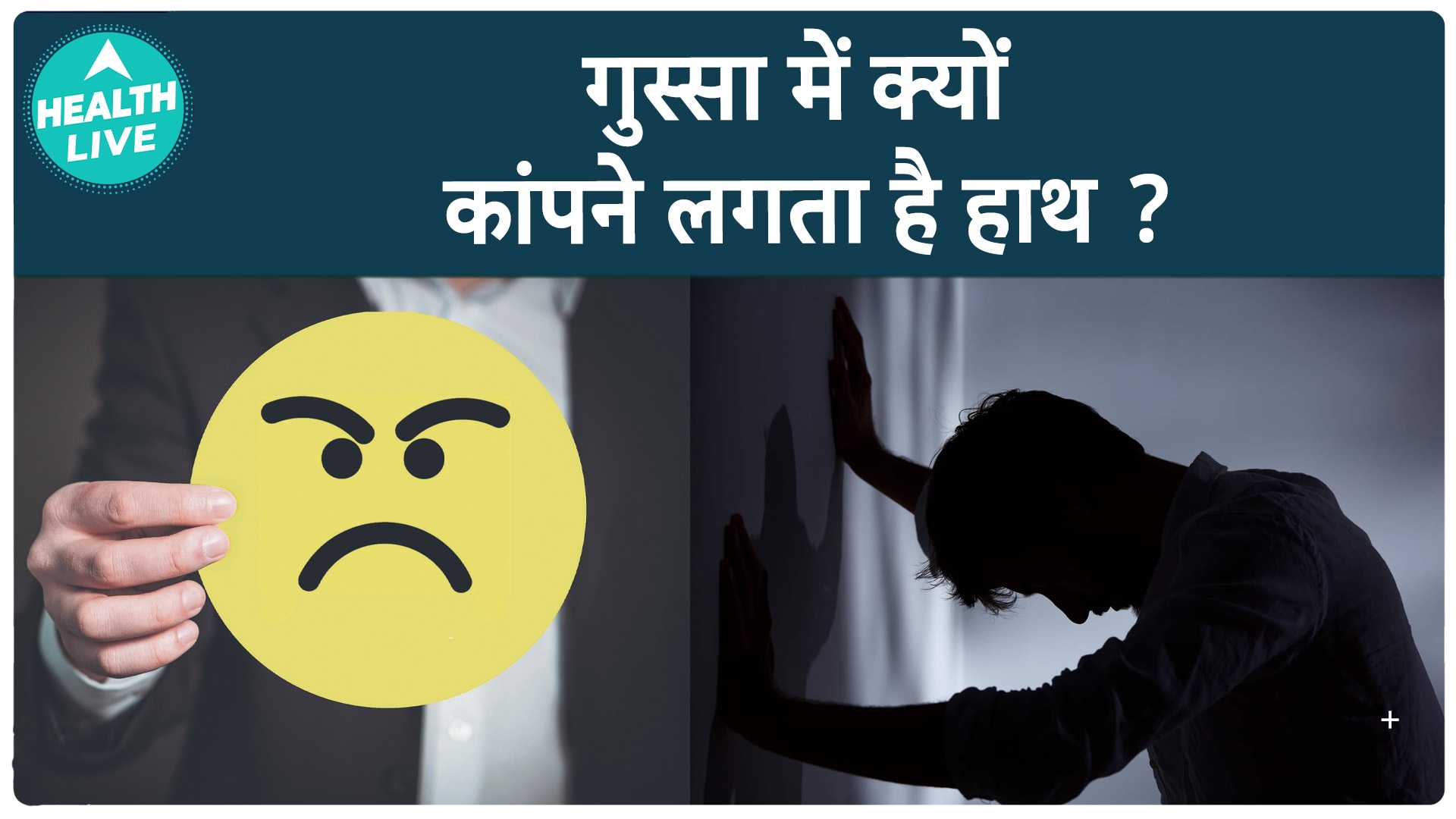Sixty-seven years after the Australian Native Plants Society began championing the beauty and brilliance of local flora, the association is still working to spread the word. When the society’s sold-out biennial conference starts in Melbourne later this month, speakers will discuss everything from the diversity of pea flowers to the appeal of periodically coppiced mixed shrubs. Forests in cities, wetlands in the country, and saving rare plants will all get a look in.
Speakers will highlight plantings that appeal to both birds and people, and that provide sustenance for insects, shade for pedestrians and alternatives for diversity-lacking mulch. There are no areas of bare soil in this Melbourne front garden designed by Emmaline Bowman. Credit: Marnie Hawson But how to translate some of these themes into your own garden, particularly if it’s small? Miriam Ford, the society’s Victorian state president and the convener of the conference, says there’s no one-size-fits-all approach.

The trick is to find whatever hook inspires you to get started and to take it from there. “There is an important role for beauty and for native gardens that pop. But there is also the value of native plants as sources of food or of materials for fabrics or medicine,” Ford says.
“Minimalist, carefully crafted gardens can work, but there is also room for things that are more haphazard and spontaneous.” Loading Landscape architect Emmaline Bowman, who will speak about wetlands at the conference, encourages people to take a holistic approach to their gardens, considering everything from the soil to the plants and wildlife. But she says new gardeners should also reflect on what they most want to achieve, whether it’s attracting a particular butterfly or a certain type of bird.
Then “it’s like making a cake, you need to find the ingredients that do that”. As for choosing those ingredients, selecting the right plants for your location and goals will involve more than impulse buying. Bowman, who won best in show for a spectacularly abundant native garden at this year’s Melbourne International Flower and Garden Show, suggests that a first step for new gardeners is to observe what is growing well nearby.
She says looking at other gardens, consulting your council website for information about the indigenous plants and wildlife in your area, and visiting local nurseries with good stocks of native plants are all useful places to glean information about what might work for you..


















